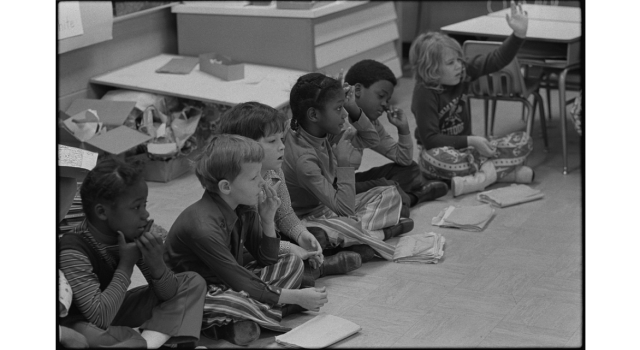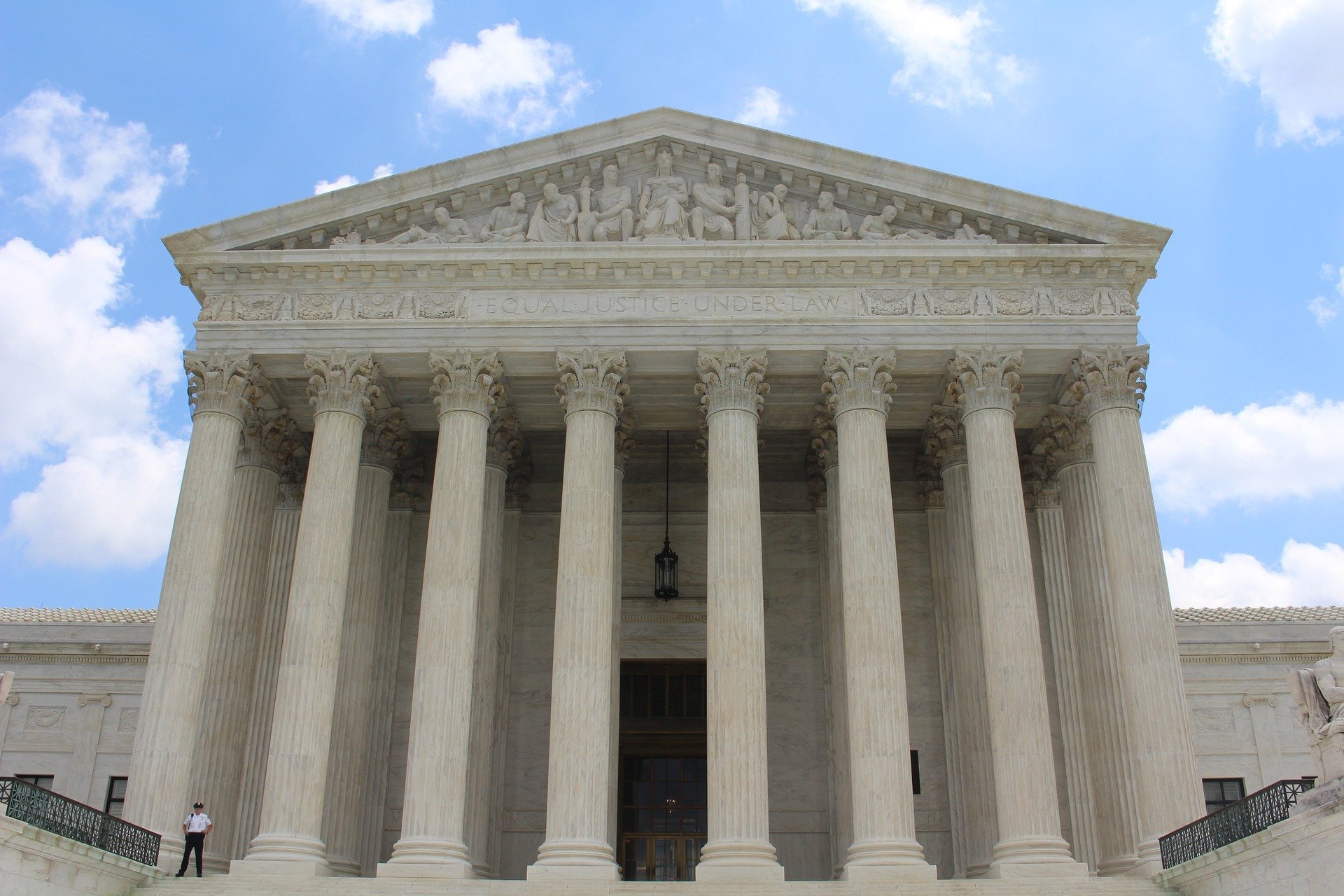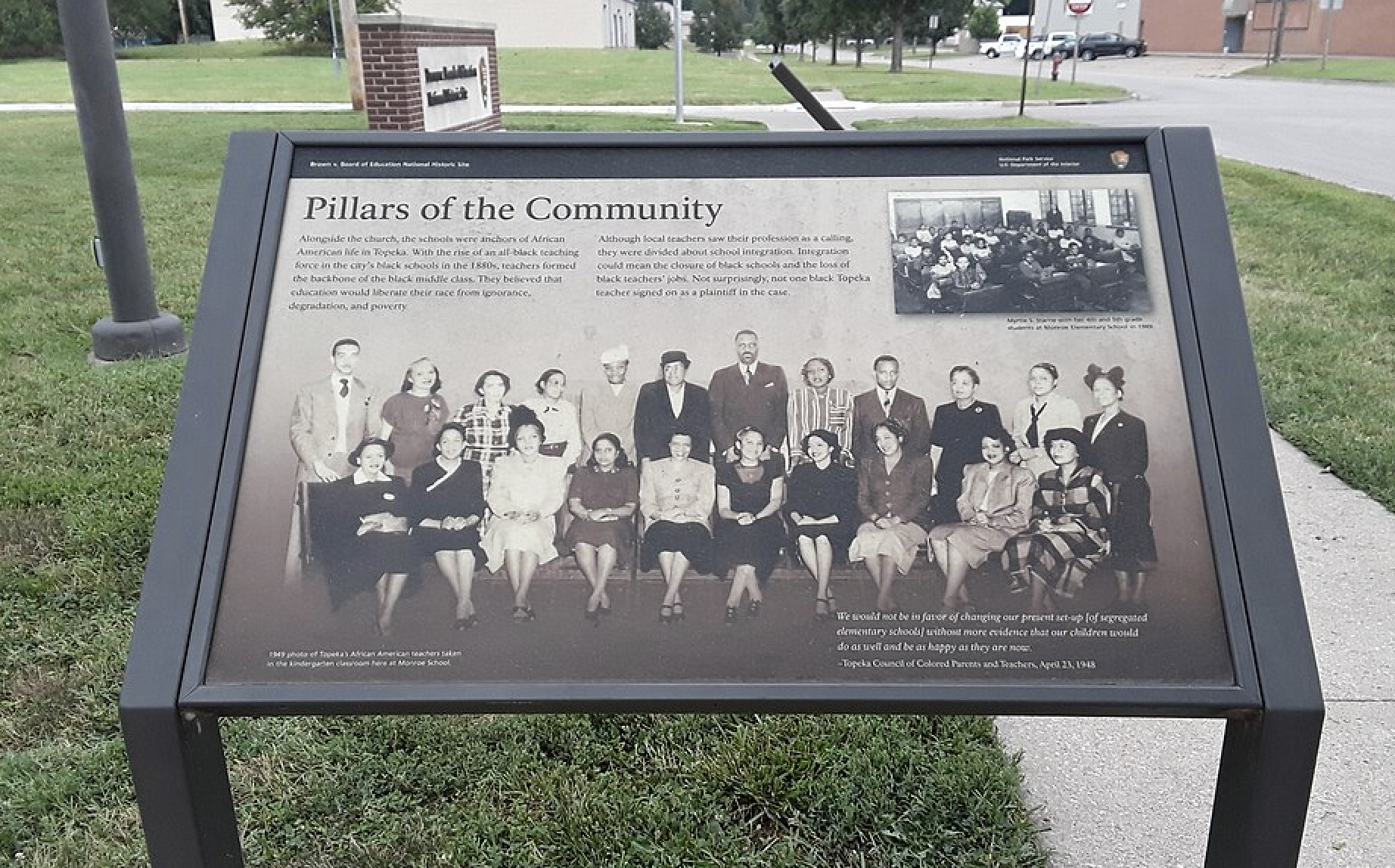About This Lesson
This lesson engages students in inquiry, using primary-source analysis of American public education as a result of the Mendez v. Westminster federal case (1947) and the Brown v. Board of Education Supreme Court case (1954). First, students analyze primary sources on the history of public education in the United States. Then, they participate in a moot court based on the historic case of Plyler v. Doe (1982) on the rights of immigrant children to public education. Finally, they write a short essay on the nation's responsibility to provide equal access to public education.
All the materials you need are downloadable on this page.
This lesson is a product of Citizen U, a collaboration of the Barat Education Foundation, Constitutional Rights Foundation, and DePaul University College of Education; funded with a Teaching with Primary Sources (TPS) grant awarded by the Library of Congress. Content created and featured in partnership with the TPS program does not indicate an endorsement by the Library of Congress.
















